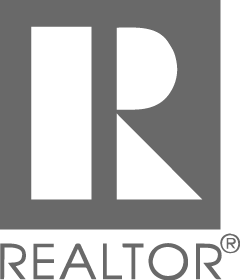Today we’re lifting the veil and revealing some of the key factors you need to know to begin investing in real estate. We’ve laid them out in six simple steps to get you on your way.
Step one: Learn everything you can about real estate investing.
Real estate has many nuances and can be a large beast to jump into head first, so it only makes sense to seek knowledge from those who’ve been in the industry and have hands-on experience you can use to your advantage. No matter how you learn best, there’s a method for you. From books and blogs to podcasts and forums, you’ll find a plethora of knowledge and experience that will benefit you in the long run. Start with the general topics and take a deeper dive into the investment areas that catch your eye.
Step two: Don’t wing it.
If you don’t make a plan and start investing based on an idea of grandeur in your head, you’re bound to make a lot of mistakes. Mapping out where you are today with your assets, expenses, and monthly income, as well as where you want to be and how you’ll get there will keep you focused and moving in the right direction. Once you have a plan set out, ask an investor to look it over and make sure it’s plausible. If there are some flaws in your plan, your investor will point them out and help you create a plan that may work better for your budget and lifestyle.
Step three: Finance before you purchase.
What we mean here is that you need to know how you’re going to finance your property purchases before you try to find the residence you would like to add to your investment portfolio. Banks and mortgage lenders will be able to show you all of your options, so you can narrow your scope and focus on properties that make sense for you.
Step four: Look for the right investment.
This is the step that can hold many people back. It makes everything real and is the step you need to take to actually make your investment plan a reality. Make a list of what you’re looking for and specify location, price, property type, and condition of the property and begin crossing off homes that don’t work for you. Don’t make exceptions to your list and stick with your gut.
Step five: Put in the paperwork.
Partner with a real estate agent who understands real estate investment, and don’t be afraid to tell them all of your wants and needs. Your agent will begin to pull properties that meet your criteria list and negotiate with the sellers when you find the right fit to get you the best deal. Once you’ve struck a deal, look for unforeseen costs and have an inspector take a close look at the property. The last step is to close and officially become an investor!
Step six: Effectively manage your properties.
Just like any other business, real estate investment will fail if it’s managed poorly. Learn what it takes to be a good landlord, or look into professional property management companies and find the right manager for you and your investments.
If you’re thinking about real estate investment and are ready to find the right property that meets everything on your criteria list, we’re here to help! Reach out to us today, and we’ll begin the search to put your plan in motion.


